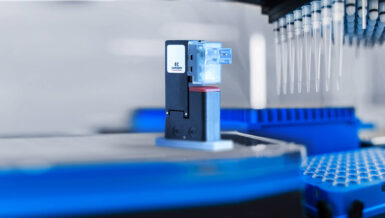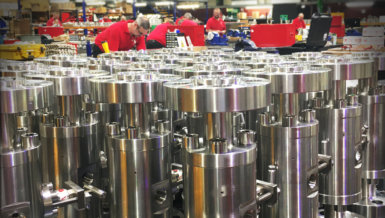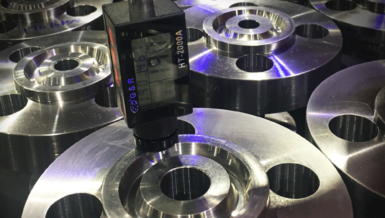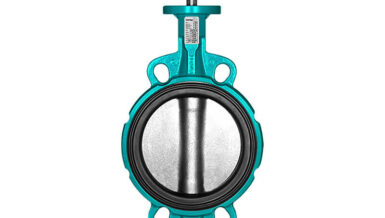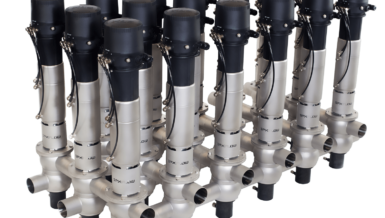Typical examples are products with an extended shelf life (ESL) such as soft drinks, fruit juices, and milk-based and lactic acid fermented products, along with plant-based alternatives sold chilled by retailers. Focusing on equipment flexibility, the design features significantly mitigate the risk of contamination in this hygiene class. In addition, products become more durable – with fewer preservatives.
Safety hinges on process and equipment
“Sensitivity to the issues of product and process safety in the food market is intensifying,” states Pascal Bär, Senior Director Product Management & Engineering, Aseptic Valve, GEA. Plant operators are doing their utmost to minimize allergen carry-over and contamination — and the ensuing product recalls. Accordingly, configuring valves to match the application is a key process planning step, as they are located at the neuralgic interfaces of industrial manufacturing. “Any time they have to decide on a valve environment, plant operators need to weigh up risks carefully. How reliably must I be able to prevent any potential microbial load — and what do I have to lay out for this? As designers of process components, it’s up to us to provide customers with workable solutions like the GEA Aseptomag® LV UltraClean valve that works just right with their products and processes without being overengineered.”
UltraClean hygiene class with enhanced safety requirements
The new leakage valve closes the gap in GEA’s valve portfolio between media that need to be processed hygienically and those where a consistently aseptic process is called for. The former applies to applications with lower microbial risk, and the latter to highly sensitive products used for medical and infant feeding purposes. “Most customers create products that are at the second-highest hygiene level, ‘UltraClean’. These products carry a greater hygiene risk than classic hygienic applications, but they still have no need for the high-end version of a complete aseptic process chain,” explains Pascal Bär. This means that, for ESL products, like ice tea, fruit juice, fruit yogurt, and ESL milk, where completely aseptic processes are not used, the area between the two valve seats no longer has to be designed as a sterile chamber. The valve’s features also make it suitable for processes with similar requirements outside the food industry. One example is the production of aseptic water for injection (WFI) in the pharmaceutical industry.
Keeping an eye on maximum safety and operating costs
Just like the entire GEA Aseptomag® range, the new LV valve uses stainless steel bellows. These block microorganisms from being drawn uncontrollably into the product chamber, which keeps the process and the product safe. With hermetically sealing valve stems, bellows valves achieve a higher hygienic standard, which makes for better product quality and a longer minimum shelf-life.
“We’ve found an ideal combination of technical safety and cost-effectiveness with Aseptomag® LV. The operating costs over the entire service life of the valve were already taken into account during development,” notes Bär. Thanks to its dimensions, the compact double-seat valve for ESL processes takes up less space and is easier to install and maintain than aseptic alternatives. Technical features like the backstroke barrier can be easily retrofitted
without the need to replace the actuator or other existing equipment.

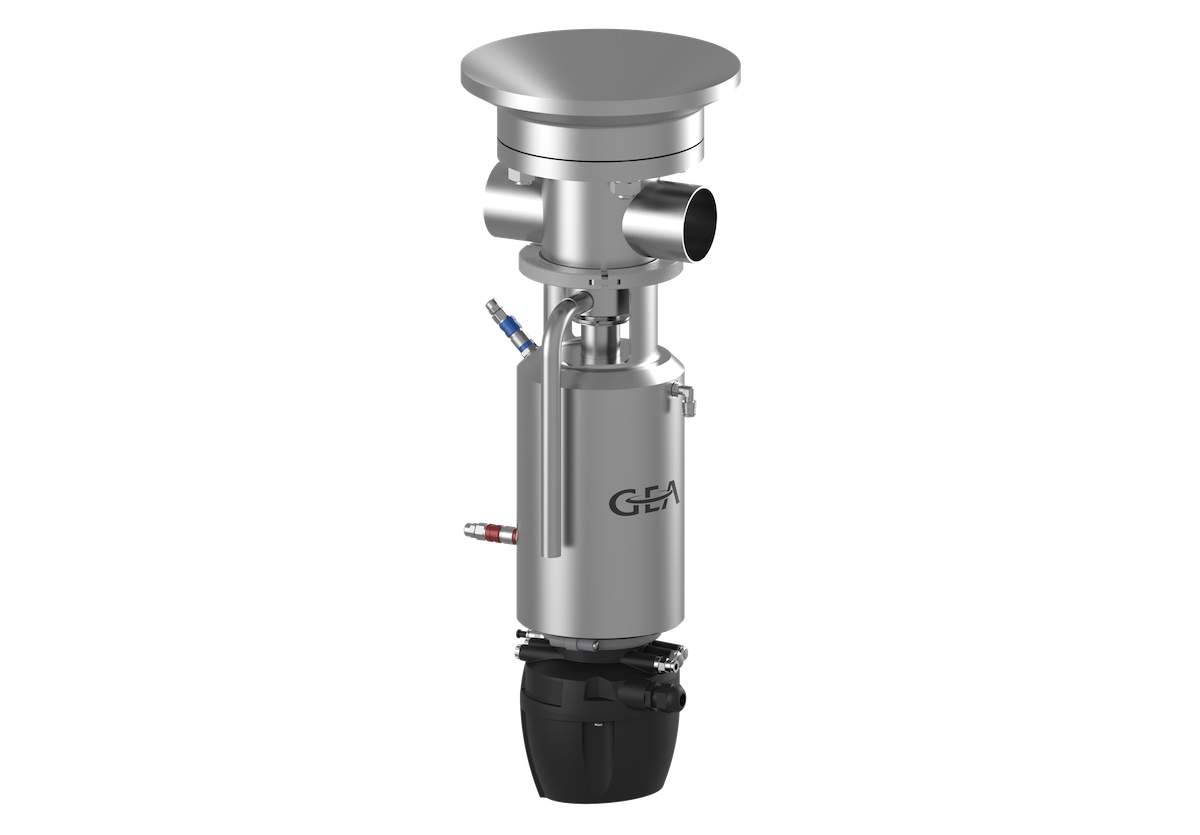
Additional Information
These features protect manufacturers with UltraClean processes from mixing incompatible materials:
- GEA offers a single-seat lift for the leakage valve in the standard version so that both seats can be individually controlled for precise routing of product flows and for cleaning all areas that come into contact with the product — a flexibility boost in plant design for manufacturers.
- The special material composite of the stainless steel bellows for GEA Aseptomag® valves is durable as well as flexible.
- The bellows reliably prevents the phenomenon known as the elevator effect, where micro-organisms can be drawn into the product chamber in an uncontrolled manner. The bellows is inseparably welded to the surrounding components inside the valve that come into contact with the product, so that no clamping points are exposed to dynamic stress. This minimizes the residual risk of microbial contamination. The leakage chamber is also open to the atmosphere, facilitating installation and operation in the process plant.
- To ensure product and process safety, pressure hammers that can compromise the separation of the two product lines must also be buffered. A backstroke barrier mechanically locks the lower valve seat when closed, ensuring that the leakage chamber functions safely, even in the event of pressure hammers up to 50 bar.





